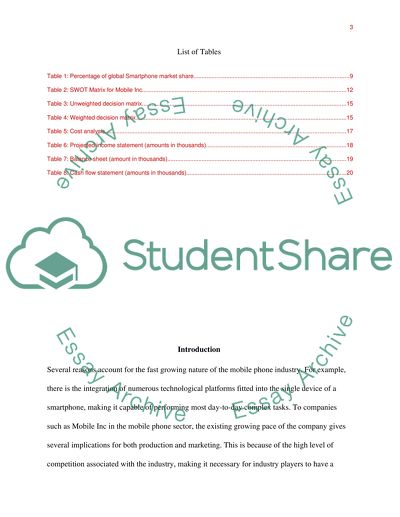Cite this document
(“Strategic Planning and Control Coursework Example | Topics and Well Written Essays - 4250 words”, n.d.)
Strategic Planning and Control Coursework Example | Topics and Well Written Essays - 4250 words. Retrieved from https://studentshare.org/finance-accounting/1664049-strategic-planning-and-control
Strategic Planning and Control Coursework Example | Topics and Well Written Essays - 4250 words. Retrieved from https://studentshare.org/finance-accounting/1664049-strategic-planning-and-control
(Strategic Planning and Control Coursework Example | Topics and Well Written Essays - 4250 Words)
Strategic Planning and Control Coursework Example | Topics and Well Written Essays - 4250 Words. https://studentshare.org/finance-accounting/1664049-strategic-planning-and-control.
Strategic Planning and Control Coursework Example | Topics and Well Written Essays - 4250 Words. https://studentshare.org/finance-accounting/1664049-strategic-planning-and-control.
“Strategic Planning and Control Coursework Example | Topics and Well Written Essays - 4250 Words”, n.d. https://studentshare.org/finance-accounting/1664049-strategic-planning-and-control.


